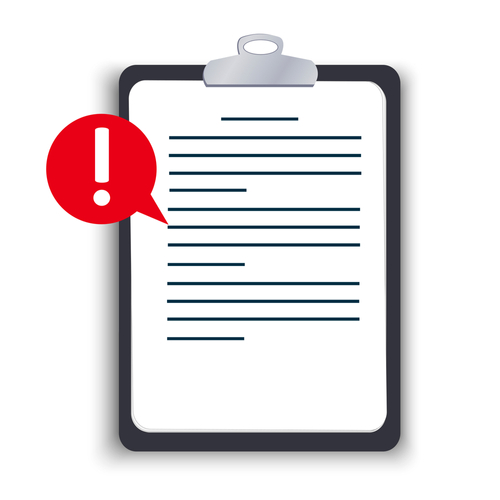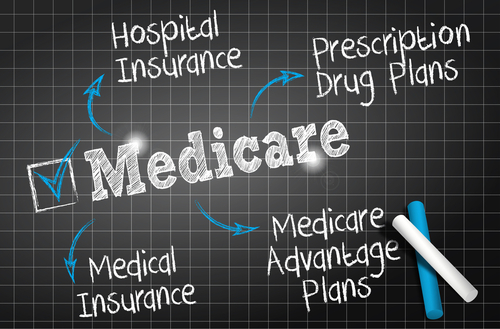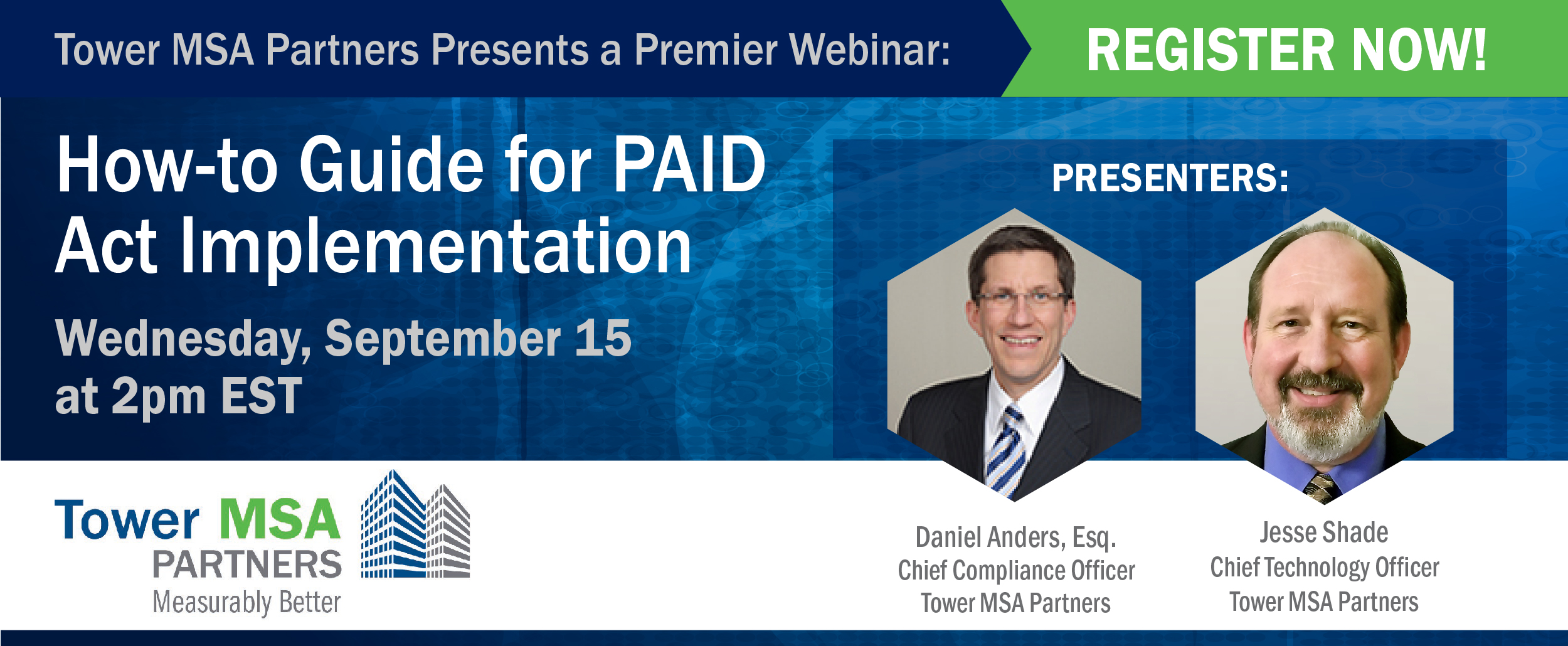Over the past month the Centers for Medicare and Medicaid Services issued two alerts reminding Responsible Reporting Entities (RREs) to make sure data reported through the Section 111 Mandatory Insurer Reporting process is accurate and updated. This appears to be part of an ongoing effort by CMS to avoid unnecessary Medicare conditional payment recovery efforts.
In the first alert, entitled “Reporting of Incorrect No-Fault Policy Limits” CMS states:
Responsible Reporting Entities (RREs) are accountable for ensuring the information included in their Section 111 MMSEA Mandatory Insurer Reporting submissions is accurate. There may be situations where, depending upon state law or the terms of a given policy, the policy limit may vary. In these situations, the reported Policy Limit should reflect the actual amount the RRE has accepted responsibility for at the time the record is submitted or updated. Just as important, if the Section 111 record needs to be corrected to reflect a different Policy Limit, the RRE should update the record as quickly as possible to reflect the new policy limit. For example, if a policy allows for a minimum amount of MedPay coverage and will only allow a higher amount under certain circumstances, and those circumstances are not yet met at the time of reporting, the RRE should report the lower amount. Should the criteria that triggers the higher policy limit be met after that report, the RRE should update the record as soon as possible. Reporting of an incorrect Policy Limit or failing to timely update the record can put the RRE at risk of non-compliance with the Section 111 reporting requirements.
Inaccurate and/or uncorrected information can impact current Medicare claims payment actions. Inaccurate and/or uncorrected information also places the RRE at risk of recovery actions and increases the burden of proof upon the RRE should it attempt to dispute recovery efforts. Therefore, we advise the RRE to consider contacting their EDI Representative to submit an off-cycle Section 111 report with new policy limit information, rather than wait for their next Section 111 reporting cycle.
Practical Implications
By recommending an “off-cycle” reporting of the new policy limit, CMS is trying to avoid paying medical expenses when a primary payer, in this case, the no-fault carrier, is available to pay. (CMS has a similar recommendation in the Section 111 User Guide for an immediate report of ORM termination to the EDI representative.) If the no-fault plan can pay medical costs directly to the provider, it streamlines the system and eliminates the conditional payment recovery process.
This portion of the alert’s language raises some concern, though: “failing to timely update the record can put the RRE at risk of non-compliance with the Section 111 reporting requirements.” While CMS has yet to issue final regulations regarding civil monetary penalties for non-compliance with Section 111 reporting requirements, in its proposal, timeliness and accuracy of reporting are factors in determining whether penalties will be imposed.
CMS could clarify this alert by stating that “failing to update the record by the quarterly reporting period following the policy change puts the RRE at risk of non-compliance.” Making failure to report “off-cycle” a basis for penalties adds confusion to a system based on quarterly reporting. Tower will seek clarification from CMS on this point.
The second alert from CMS, “Use the Funding Delayed Beyond TPOC Start Date Field,” states:
This is a reminder that if funding is delayed after the settlement date reported in Field 80: TPOC Date, in the Claim Input File Detail Record, RREs should provide the actual or estimated date of the funding determination in Field 82: Funding Delayed Beyond TPOC Start Date.
Some RREs are failing to indicate a Funding Delayed Beyond TPOC Start Date when funds have not yet been released. This has resulted in CMS recovery demands being sent based upon the receipt of a TPOC date and TPOC amount before the funds for the settlement have been received by the beneficiary.
As soon as CMS receives a report of a TPOC Date and corresponding TPOC Amount, CMS begins its recovery process to collect Medicare claims conditionally paid that are covered by the TPOC. The Funding Delayed Beyond TPOC Start Date is used to delay the recovery process so as not to negatively impact the beneficiary prior to receipt of the settlement proceeds.
In addition, the Funding Delayed Beyond TPOC Start Date is used to ensure an RRE is not found noncompliant with the Section 111 timeliness reporting requirements when a settlement has been made, but the final payment amount has not yet been determined or dispersed.
Practical Implications
What is not explained here is that Field 82, per the Section 111 User Guide, is to be used in specific circumstances where the amount the claimant Medicare beneficiary is to be paid is not known at the time the settlement occurs. This happens most often in mass tort settlements. Here is an example from the user guide:
- There is a settlement involving an allegedly defective drug.
- The settlement contains or provides a process for subsequently determining who will be paid and how much. Consequently, there will be payment to or on behalf of a particular individual and/or the amount of the settlement, judgment, award, or other payment to or on behalf of that individual is not known as of the TPOC Date.
- Timeliness of MMSEA Section 111 reporting for a particular Medicare beneficiary will be based upon the date there is a determination both that payment will be made to or on behalf of that beneficiary and a determination of the amount of the settlement, judgment, award, or other payment to or on behalf of that beneficiary.
- RREs shall submit the date of the settlement in the TPOC Date field and the date when there is a determination both that payment will be made to or on behalf of that beneficiary and a determination of the amount of the settlement, judgment, award, or other payment to or on behalf of that beneficiary in the corresponding Funding Delayed Beyond TPOC Start Date Field.
While it’s important to remind people to use Field 82 when applicable, the alert causes confusion when it refers to the date settlement funds are “dispersed.” CMS seems to assume that the date inserted into Field 82 is not only the date that the settlement amount is determined but is the same date the funds are dispersed. However, these dates may be weeks or months apart.
We will seek clarification from CMS but based on CMS’s representation that this is the date it uses to initiate conditional payment recovery against the Medicare beneficiary claimant, we recommend placing the date settlement funds are dispersed in Field 82.
Recognizing that both alerts are somewhat technical, and questions are understandable, feel free to contact me at Daniel.anders@towermsa.com or 888.331.4941.










